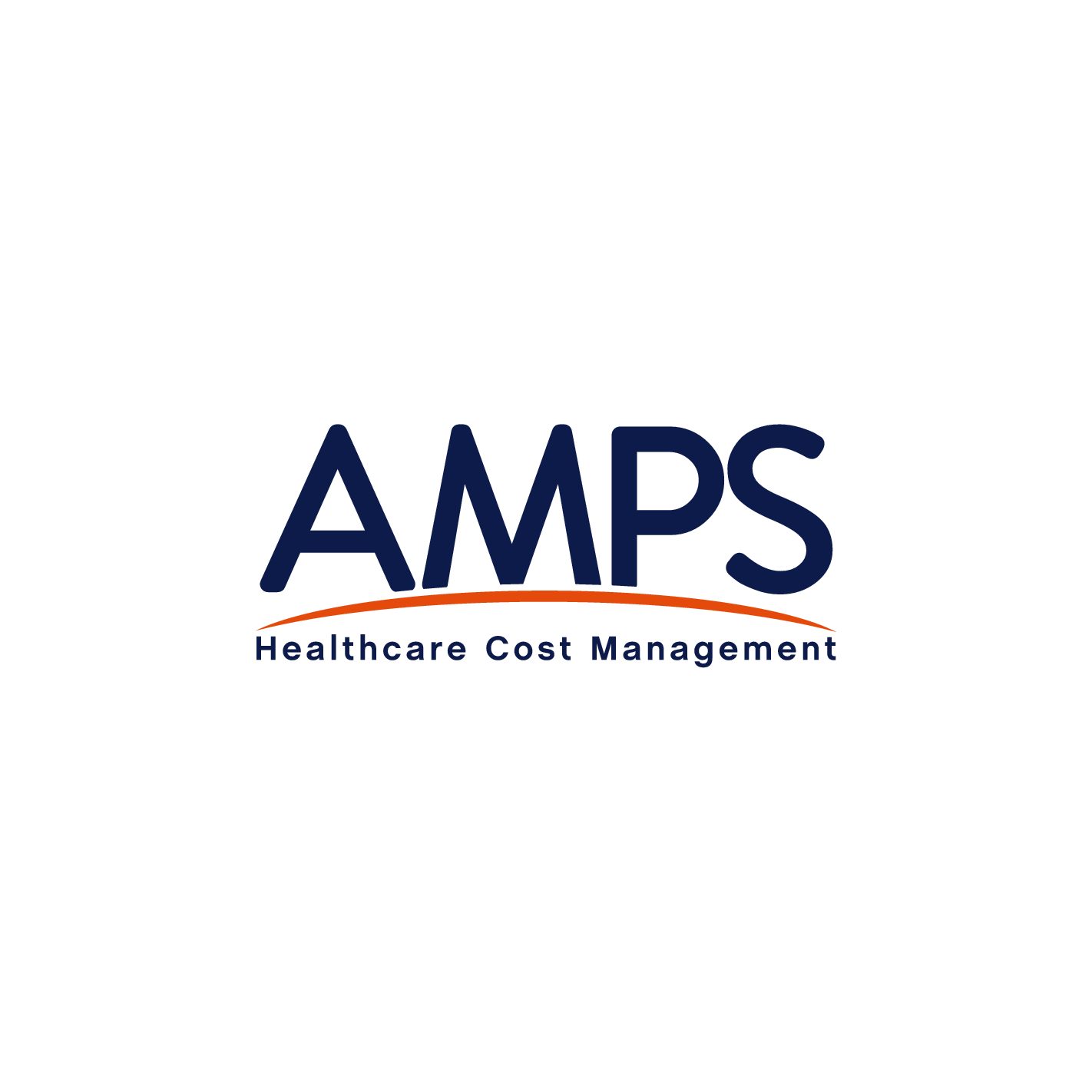

About Mike Dendy
Mike Dendy is Vice Chairman & CEO of Atlanta, GA based Advanced Medical Pricing Solutions (AMPS), a healthcare cost management company, serving the self-funded (ERISA) payer community. Since joining the Company in 2005, Mike has overseen all aspects of AMPS management, ranging from sales and marketing, to finance and client relations. AMPS has seen organic growth of over 300% over the last five years and has continued to increase its offerings in the healthcare cost containment space. AMPS clients range in size from those in the Fortune 500 to mid sized regional employers.
Prior to joining AMPS, Mike served as Chairman & CEO of HPS Paradigm Administrators Inc. from 1997 until its subsequent sale in 2004. HPS Paradigm is a health insurance Third-Party Administrator (TPA) serving corporate and government employer groups throughout the United States. During his tenure as CEO, HPS Paradigm experienced strong corporate growth, increasing on average 50 percent in fee income per year, while achieving industry leading EBITDA margins of over 22 percent. In 2000, Mike oversaw HPS’ business process outsourcing (BPO) relationship with Memorial Hospital of Savannah, Georgia which at the time was one of Georgia’s largest hospital systems. Mike served as Executive Director of Memorial’s TPA, HMO, PPO, UR/UM and Case Management services provided for the benefit of Chatham County area employers.
From 1992-1997, Mike founded and managed Health Partners Services, Inc. (HPS), a brokerage and consulting firm, which specialized in stop-loss insurance, benefit plan design, provider negotiations, pharmacy benefit management, disease management, predictive analysis, and cost containment. HPS developed community health system plans in a number of southeastern U.S. markets and grew consulting revenues to $600,000 annually.
Mike holds two master’s degree, from Georgia State University in Business Administration (MBA), and Healthcare Administration (MHA) and bachelor’s degrees from the University of Georgia in both Journalism and Psychology. In addition to his graduate and undergraduate achievements, Mike attended executive management programs at Harvard’s Business, Public Health, and Law Schools. Mike serves on the Advisory Board for the Robinson College of Business and the School of Healthcare Administration at Georgia State University and is the former Board Chairman for the National Safe Care Campaign. Mike was awarded the School of Health Administration’s Healthcare Executive of the Year in 2015.
About Advanced Medical Pricing Solutions (AMPS)
Advanced Medical Pricing Solutions (AMPS) provides market leading healthcare cost containment services focused on Medical Bill Review, Out-of-Network claim auditing, and Reference Based Reimbursement solutions for self-funded employers, municipalities, brokers, TPAs, payers, reinsurers, and HMOs. AMPS mission is to provide outstanding services to our 700+ clients to help them attain their goals of materially reducing healthcare costs while keeping their employees satisfied with quality healthcare benefits.
Medical Travel Today (MTT): Give us an overview of your company.
Mike Dendy (MD): We are a healthcare cost management company that works with employers, TPA’s, brokers and consultants throughout the U.S. Our smallest client probably has about 100 employees and our largest has 110,000.
MTT: Where do you see the biggest growth area in self-insurance?
MD: The largest growth area in the shift to self-insurance is, of course, with the smaller companies because they are the ones that were previously fully insured.
AMPS’ largest growth area is with the Fortune 1000 companies because much of what we do is disruptive, and typically early adopters are the smaller companies. They are more agile than the larger companies, who tend to be late adopters.
MTT: Would you be able to name some of the clients that you work with?
MD: We work with some high-profile companies – names that most readers would recognize. It’s quite an impressive client roster and our growth has been impressive.
We also serve several Christian coalition organizations, some with as many as 100,000 members. So we have a substantial client base that includes about 1,000 employer groups, representing around 1.2 million lives.
MTT: Please discuss your direct-to-employer contracting with providers.
MD: Our direct contracting is an effort to provide safe harbors to our covered members who want to access reasonable pricing from providers.
For the past 25 years, employers have purchased healthcare through TPA’s and PPO’s. PPO’s have only been around for about 25 years, and were off-shoots of the HMO industry. Employers and employees indicated they liked idea of provider discounting, but wanted greater choice than HMO’s provided.
But PPOs have evolved into a kind of a shell game in which they claim to provide big discounts on healthcare services, especially hospital services. In reality, their costs are significantly increased for the employer.
About seven years ago, a new concept called referenced based reimbursement emerged as a form of defined contribution. With defined contribution an employer can set their own reimbursement levels, especially under an ERISA-based self-funded platform.
MTT: When you direct contract on behalf of the employers, are the providers located in their region or are they looking at providers around the country?
MD: An employer is mostly interested in providers within their own market. In New York, Philadelphia or Atlanta, for example, there are many providers to choose from. This creates more competition, making it easier to find a provider that will accept a direct contract, especially if there is any steerage involved.
In rural areas, such as in Wisconsin and South Georgia, where there is less competition, some hospitals are the only game in town, and less open to direct contracting. In those scenarios, we will contract with providers within driving distance or a short flight. Employers like this type of “localized medical tourism.”
So most of our medical tourism is within the U.S., but we’ve started setting up programs using the new health center in the Cayman Islands and also in Costa Rica. Most employees are hesitant to travel, but they will travel within the region if it saves them money.
MTT: What do you mean by “saves them money?” Does this involve waiving the deductible and/or the copay?
MD: Yes, that’s generally how it works. It takes about $500 in savings for the specific member or their family to alter the way they access healthcare.
So if you’re looking to have a knee replacement in New York City, but you learn it will cost you $500 less if you travel to Philadelphia or Connecticut, most people opt to travel.
MTT: There seem to be a growing number of options for medical travel to Latin and Central America — especially Mexico.
MD: I’m noticing that – and the pricing compared to the US is very attractive without sacrificing quality of care.
The average U.S. hospital has gross bill charges that are 600 percent of Medicare. For-profit hospitals, which make up of about 30 percent of the U.S. market, typically start at about 900 percent of Medicare.
It has gotten so outlandish that smart employers are incenting their employees to travel and take advantage of pricing. There is still some hesitancy about traveling to a foreign country for care, but I think over time that will fade.
It makes sense to seek alternatives, and we provide a lot of those for our clients.
MTT: Do you have any quality metrics that you use for choosing a hospital?
MD: Unfortunately, most quality metrics are very inconsistent.
You’ll have one hospital rated as “best of class” for heart services but “worst of class” for pediatric services. This is difficult to support, so we look at licensing the data and meeting the minimum requirements set by the government.
MTT: What do you think about outpatient surgery centers?
MD: Outpatient surgery centers have a lot of advantages. First, there’s less likelihood of getting a hospital-acquired infection in an outpatient surgery center than in a hospital.
The cost is typically half or a third compared with a hospital for comparable quality. Basically, outpatient surgery centers bring much-needed competition and help to drive down costs.
Over the next few years, as greater price and quality transparency come into play and competition grows, healthcare costs will go down 20 to 40 percent for employers and their members.
We are hell bent on making that happen.
MTT: What do you think of the repeal and replacement of the ACA?
MD: While I personally support coverage for those with a pre-existing condition, it makes no sense to have a situation where a person doesn’t purchase insurance, finds out they have a serious condition, and then buys insurance expecting to pay the same amount as someone who has been paying for coverage all along.
It’s like buying homeowners insurance after your house is on fire. The one thing that I think the new Trump healthcare plan will probably do is give smaller employers the opportunity to aggregate and have more buying power, which helps a little.
MTT: Is there any room in this whole scenario for individuals?
MD: If you research Christian Care Coalitions – Liberty Health Shares, Christian Care Medi-shares and so on – you’ll see they are delivering individual coverage for less than half of the big health insurance companies, such as Blue Cross, United Healthcare and Cigna.
They now function more as cooperative buying coalitions. They’ve taken individual members and made a big buying group. We work with Liberty Health Shares, which has 100,000 household members – a significant amount of buying power.
So, let’s say you buy individual coverage in New York, and you’re a 55-year-old woman, but you’re paying as if you’ll need maternity care.
With a group like the Christian Care Coalition, you’re not paying for what you don’t need, and you’re not paying for things that the coalition doesn’t deem reasonable.
MTT: Where is the greatest opportunity?
MD: While hospitals are billing 600 to 900 percent of Medicare or higher as gross bill charges, and while the PPO’s are typically paying after their discount about 250-370 percent of Medicare, there’s an opportunity to lower costs.
If someone walks in off the street to your average hospital and says they want an X-ray – and is willing to pay for it up front – the hospital will take 135-140 percent of Medicare without an argument.
So there’s a huge gap between what a hospital will accept and what the big healthcare insurance companies are paying them. This leaves a savings opportunity for smart consumers and employers when they apply their group health benefit.